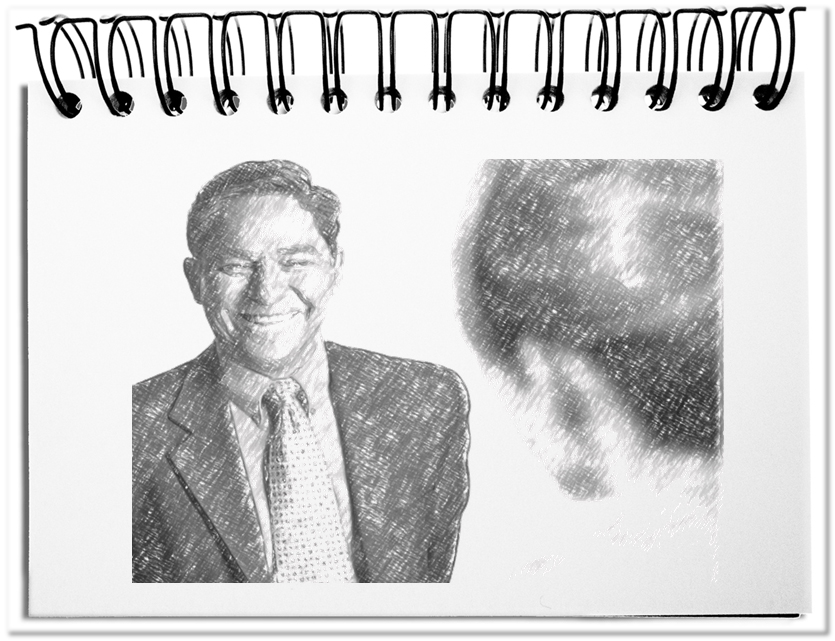The urge of letting others knowing your stand point drives some people with a prepared script into a conversation. Almost like a voice recording the dialogue starts and unwound without break. Normally the content is coherent. The outline contains the relevant aspects. Occasionally, the audience participation is inserted in terms of questions. The own point of view is well elaborated and provided with a catchy conclusion. Nevertheless, the discussion does not lead to the desired end. On closer look, you recognize that you missed the opportunity to listen to the listeners.
A conversation consists less of talking but of listening. What you hear provides so much contents that you could limit your talking on what the listener is really interested in.
- Do the counterparts ask questions?
The best hint for additionally needed information is a straight question by the listeners. This enables to adapt your expression in such a way that the others can better understand. It is a bad luck, not to notice these questions. On the one hand you miss the opportunity to express yourself appropriately. On the other hand negative feelings grow within the questioner. For this reason you should enlarge on questions under all circumstances. Even if it is only the indication that you answer all questions at the end. - Do the participants seem to lack some information?
The listeners often use the moment, when the speaker takes a breath, to step into the breach in order to also say something. This is usually feedback that clarifies, what was understood so far or what might be missing. If you listen attentively, you can hear these misunderstandings and react with additional explanations. As speaker you should be better prepared, as the participants. Therefore you are able to provide the appropriate clarification. - Do the counterparts have no additional information need, if they are asked?
At the end of the presentation in any case you should ask, whether there are open issues that came up within the conversation. If there are questions that go beyond what you know, you can later deliver the appropriate information. If there are no further wishes, it is the right time to agree about the next steps and to terminate the conversation. When you finish earlier than planned, it is great. The counterparts will be grateful to be given some unplanned time.
Additionally it is worthwhile to take a look between the lines.
- Are the counterparts in positive mood?
The positive tendency of the opposite can be seen, if they listen attentively nodding and smiling. - Are there signs of disinterest?
As soon as the gaze of the listeners deviates to the mobile phone or the watch or the listeners start yawning, the ice becomes very thin. In this case you can arouse renewed interest by raising the voice, changing your posture or through a deviating comment. - Do people show resistance?
Facial expressions, gestures and postures show resistances. A turned down mouth or a grasp to the forehead or, if an opposite turns away, indicate a large probability that resistance is growing. This can go so far that the participants start disturbing.
At the end of the discussion it is helpful to briefly summarize the results. If the audience signals agreement, then you reached the end of the conversation. However, you should not expect that everything is already understood or that an agreement has reached. It takes at least one night, in order to give the batch run in the mind the opportunity to reconsider the results. Afterwards nothing or everything bars the way to getting a closing.
Bottom line: The discussion consists not only of talking, but, above all, of listening. In the feedback of the counterparts you find hints about their needs. At the same time the body speaks a clear language. By observing attentively the counterparts you get important reference points concerning their mood. On this basis, you can design conversations more effectively. Therefore – more listening.


